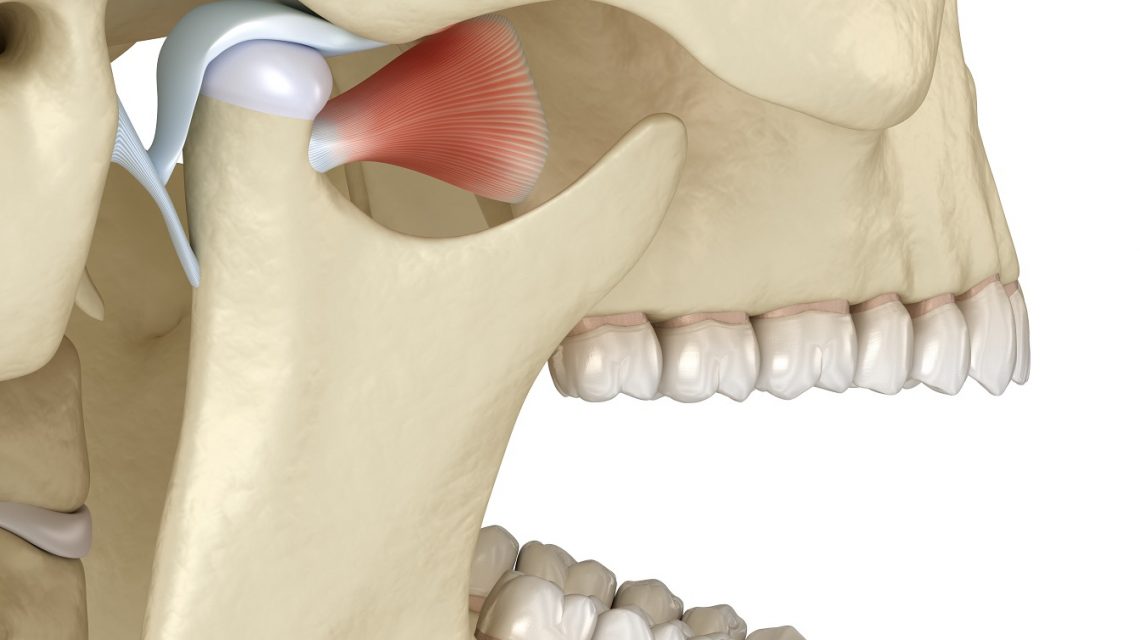Neuromuscular dentists are trained in the use and management of an orthotic appliance to address the following more complex craniomandibular and cervical TMD pain problems:
- Cervical dysfunction problems – unresolved pain around the facial, temporal, occipital, SCM, shoulder and posterior corner of the mandible.
- TMJ primary problems – unresolved click, popping, grating sounds, restricted opening and closing.
- Retrognathic or retruded mandible – untreated mandible position with TMD and facial pain symptoms
- Anterior open bite problems – unresolved TMD pain cases that have minimal to no over jet and over lap of the front teeth.
What prevents people with TMJ or other facial pain and symptoms from receiving care that solves their problems?
Most doctors, specialists, dentists, and other alternative medicine practitioners don’t understand the challenges when it comes to diagnosing and treating a complex TMD and chronic pain patient.
Treatment of a complex TMD and pain patient requires specialized training and attention in the following:
- Correct Diagnosis using instrumentation and technology that determines optimal jaw position
- Detailed micro occlusal adjustment protocols done by the trained dentist
- An understanding and patience due to changes that occur and require modification to the occlusal surface by either adding to or taking away from the orthotic surface in order to accommodate for these changes, as the jaw and muscles heal
- Too many professionals do not consider the importance of the patient’s occlusion (how teeth related to one another). Neither do they understand how the bite is supposed to align physiologically. Relaxing spastic and tight muscles is a continued growing trend toward comprehensive diagnosis and treatment planning, driven by value seeking patients across North America (United States, Canada, Europe, Asia, Mexico and Australia). TMD pain patients are searching for high-end definitive care and treatment. One of the most important tools used by neuromuscular dentists who treat TMD patients is a low-frequency TENS (J5 Dental TENS, Myotronics, Inc., Kent, WA) to establish an optimized “physiologic” upper and lower jaw relationship (based on relaxed muscles vs. tight strained muscles) in six dimensions. The TENS unit is a key diagnostic tool in the initial diagnosis and treatment planning of a TMD or chronic pain patient.
The ADA and FDA has granted Myotronics TENS 510K approval status from the Center for devices and Radiological Health (a branch of the FDA).
Why J5 Dental TENS (Transcutaneous Neural Stimulation)
The main reason why neuromuscular dentists specifically use the J5 Dental low frequency TENS (Myotronics, Inc.) is due to the bilateral simultaneous involuntary pulse that is unique and a key requirement in recording an “optimized bite” registration. Breaking up spastic masticatory muscle engrams is a fundamental necessity in achieving a physiologic six-dimensional inter-occlusal recorded relationship for diagnosis and effective treatment. The J5 Dental TENS (a low Frequency not high frequency) helps break up spastic muscle engrams (memory) that pull, torque and twist a jaw. By briefly breaking up muscle memory, the facial muscles and the lower jaw are all able to relax and achieve an optimal physiologic position where pain and other symptoms would be eliminated. That position is recorded and all treatment and treatment options will be based on helping the patient heal into that position, resulting in pain elimination and symptom resolution.

